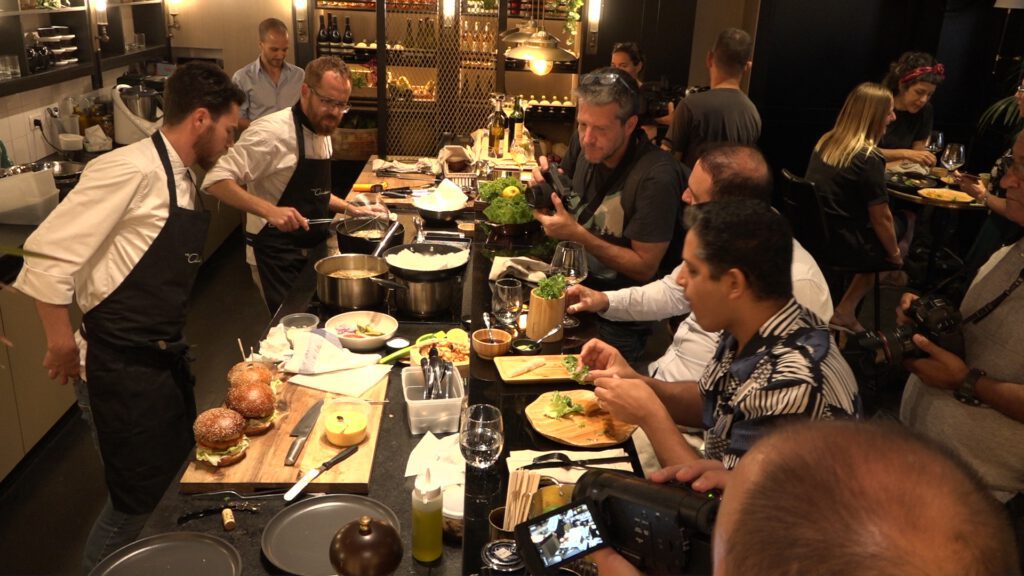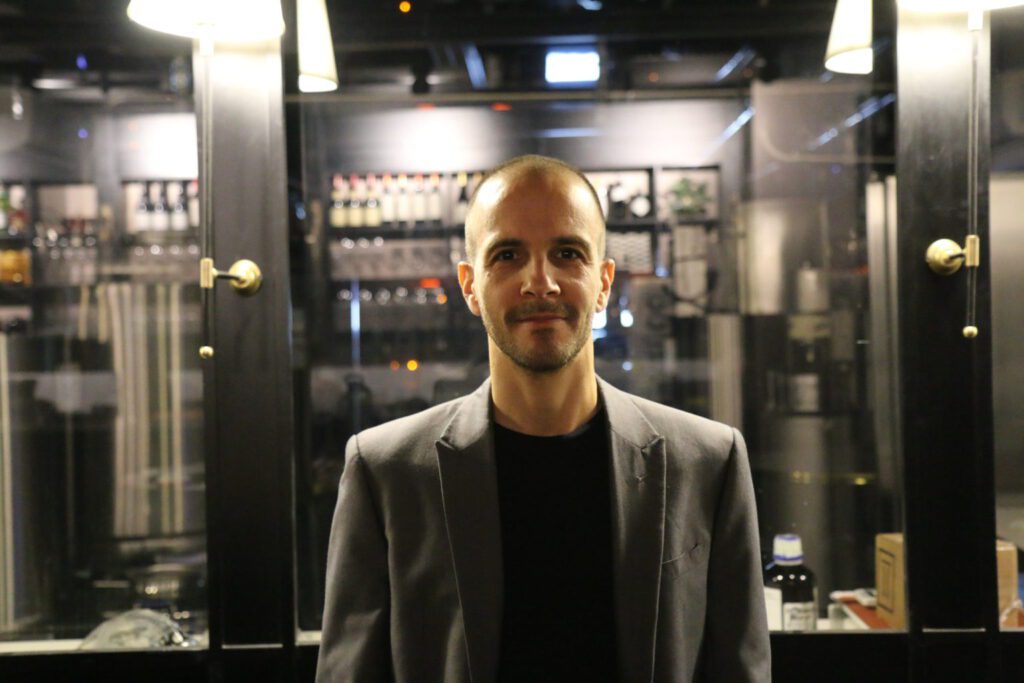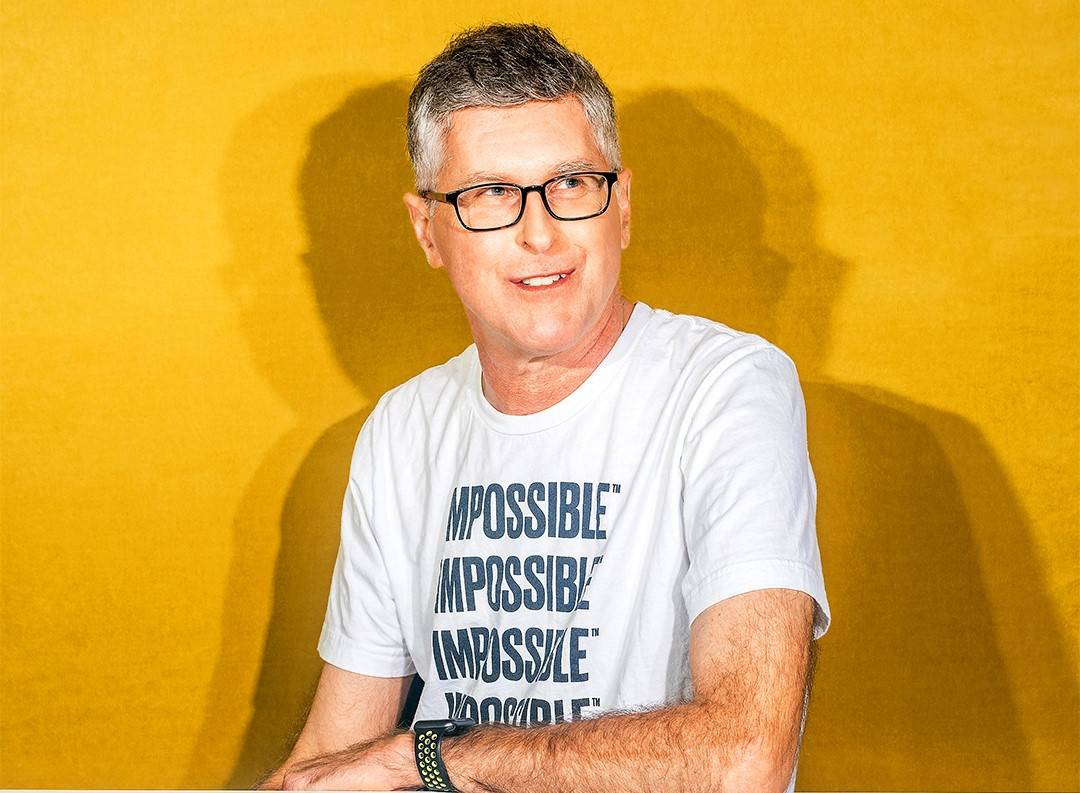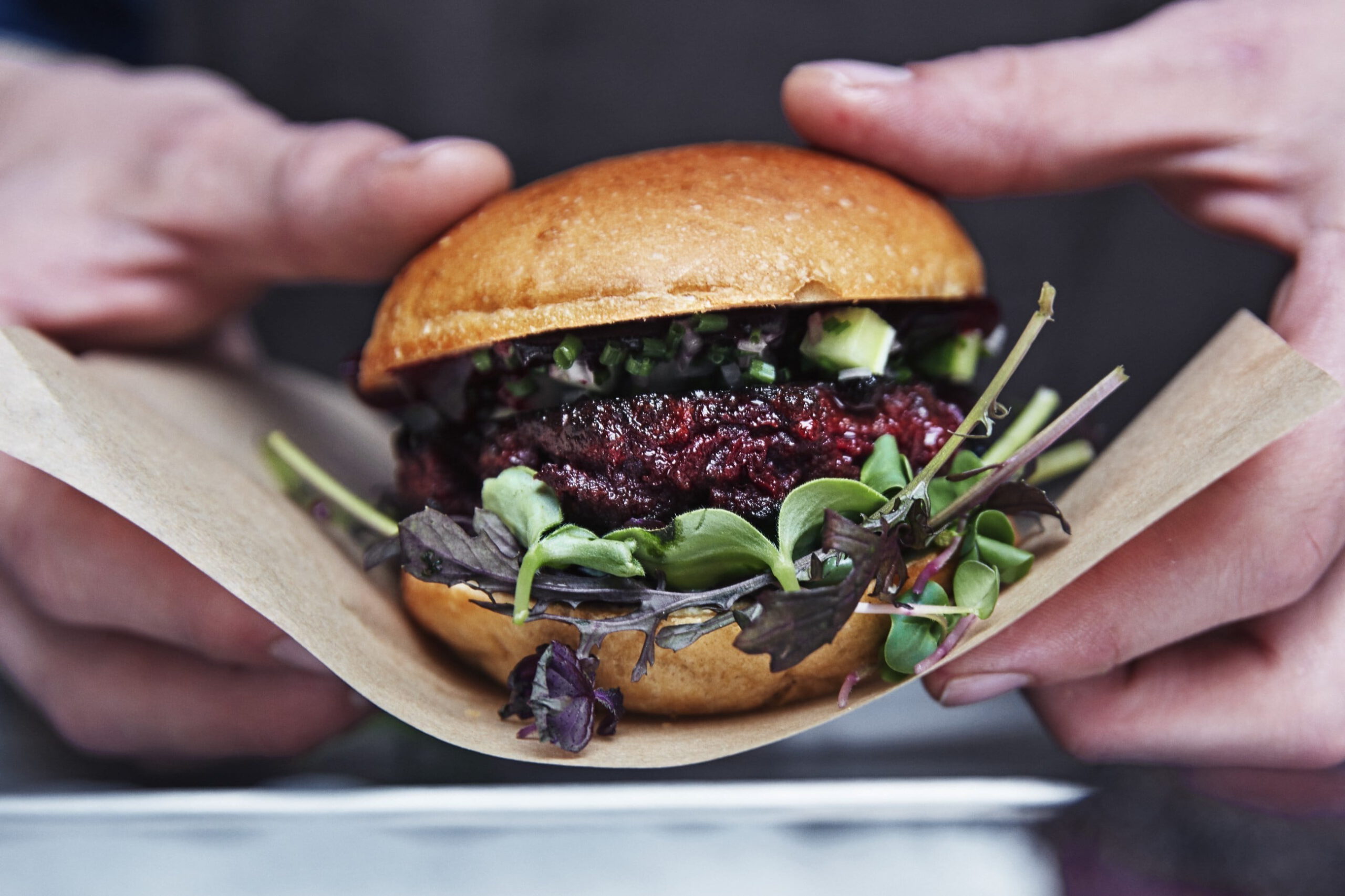Commercializing cell-cultured meat is turning into a sought-after undertaking for food entrepreneurs. After Singapore became the first nation to approve the sale of cultivated meat in December 2020, the Israeli Innovation Authority granted final approval for the world’s largest cultivated meat consortium. Meanwhile, Japan is on the verge of promulgating a new regulatory framework for cell-based meat. Moreover, now that European cultivated meat companies are gearing up for approval from the European Food Safety Authority (EFSA), soon, we could all try lab-grown meats, free of slaughtering ethical concerns.
It seems everywhere we turn, cultured cutlets are among the big bets of the decade. Billionaires Bill Gates and Richard Branson publicly announced investing in lab-grown meats. Elon Musk’s SpaceX is launching cultured animal proteins to the International Space Station as it dabbles into space-manufactured meats for long-term exploration missions to the Moon, Mars, and beyond.
SuperMeat
In the meantime, right here on Earth, Israel is home to one of the world’s first restaurants dedicated to cultured poultry, SuperMeat’s The Chicken. The startup offers chicken meat grown directly from the animal’s cells in its own “test kitchen,” located in the city of Ness Ziona, near Tel Aviv.

Described as a “farm-to-fork” facility, the dining experience lets guests observe the production plant and process as they sit at the heart of a seasonally-inspired menu of locally grown, freshly-sourced dishes made by a team of chefs in an open kitchen. Since SuperMeat is at the development stage and is not yet commercial, consumers need to apply to be selected for the experience, and they don’t pay for their meal but instead give detailed feedback on the product.
Since 2015, SuperMeat has aspired to create clean meat grown in a controlled, sterile environment without using any antibiotics. Although the meat itself might require significantly fewer resources than traditionally obtained meat cuts, the process demands more technology. Still, it has a long way to go in the quest to replace animal meat. To learn more about this revolutionary process, 3DPrint.com reached out to SuperMeat CEO Ido Savir, who believes that for the first time in history, they will recreate meat as it is.

Savir says SuperMeat is the first B2B (business-to-business) company that wants to feed the world through its complete cultured meat production. “The Intel of meat chicken,” as he described it. The company also wants to allow food firms to be at the forefront of the emerging cell-based meat industry and manufacture a wide range of products: first chicken, then turkey and pork.
The ultimate goal is to serve as a co-brand that can provide technology to the food service industry. Therefore, the brand is not just looking to sell its lab-grown meat at The Chicken but to work with other brands and facilitate “mass meat as a service.” For Savir, who comes from the software tech sector, this will be a lot like the software as a service (SAAS) licensing and delivery model in which software is offered on a subscription basis and is centrally hosted.
Savir began his professional career in the Israel Defense Forces (IDF), working on the transition of legacy systems through the Y2K Bug crisis. Later, he architected the development of IDF’s data warehouse, forming a consolidated system converging data into decision-based knowledge, drastically reducing cost and improving efficiency. Leading the design of one of the world’s first cross-platform infrastructures for the mobile smartphone revolution, and helping large corporations develop and distribute mobile-based services and applications, would enable him to arrive at this point, driving SuperMeat’s path from lab-scale culturing of cells to large scale meat production and commercialization.
Can cultivated chicken make the cut?
Even though companies like SuperMeat are usually categorized as alternative meats, Savir says this is far from true. “We are not an alternative protein company because we produce animal protein,” he points out. The only difference with traditional meat is the production process.

SuperMeat recently secured a strategic partnership with Japanese food giant Ajinomoto to improve and progress the commercialization of cultivated meat products. In addition, the startup has raised a total of $4.2 million in funding over five rounds, the latest being a Series A round completed in February 2021.
On a quest to transform the cultivated meat industry, SuperMeat even hosted an industry-first blind tasting of cultivated versus traditionally-grown chicken. Hosted at The Chicken, leading culinary figures, including MasterChef judge Michal Ansky gathered to judge the side-by-side tasting and received ground cultivated and traditional chicken without seasoning, processing, or flavor overlay. The chefs found it generally challenging to distinguish the two chickens. But, Ansky, who got his answer wrong, said, “this kind of breakthrough has been a long time coming,” and “it’s inspiring to see a more sustainable future can be achieved; via cultivated meat.”
The Chicken or the Egg?
An ethical principle at the foundation of SuperMeat’s production process is that the startup won’t let the animal die. As the name suggests, cultured meat is created by cultivating animal cells from cows, pigs, or chickens in a lab. Theoretically, lab-grown proteins lead to less pollution than raising animals and leaves the slaughter factor out of the equation.
We say theoretically because a lot of questions about the product still remain. For example, experts have questioned whether cultured meats require fetal bovine serums (FBS), which would still demand animals to be slaughtered. Other cell-based meat companies might not need to kill an entire animal but may require a small biopsy from muscle tissue. According to Savir, in the case of SuperMeat, the process starts with an egg.
Whenever the team of engineers at SuperMeat wants to create a “batch of meat,” they will take cells from their cell bank and multiply them through a fermentation process (similar to yeast). Then once mass is reached, the cells are transferred to a sequential bioreactor to grow into muscle, fat, or connective tissue. For now, the chef at The Chicken will use different types of processing mechanisms to structure the meat in alternative ways. But Savir says the next stage is “obviously 3D printing.”

Although the kitchen at The Chicken is in full view for anyone who visits, the 3D printing technology SuperMeat is working on is not being exposed yet. But the team has already developed bioinks at scale, which soon will allow 3D printing of any specific meat composition.
So far, the startup is working on the 3D printing technology internally to gain knowledge of its potential and have a feedback loop through its development team, which tailors and tweaks the technology to benefit meat production. However, since its inception, collaboration has been one of the cornerstones at SuperMeat, which is why Savir is not dismissing the idea of working with one of the 3D printing powerhouses in Israel.
Although the team doesn’t talk about limitations, they have faced challenges as the possibilities of what they can do open up.
SuperMeat is not producing just muscle or fat, but a platform of multiple ingredients, where any meat tissue can be built. This system that uses early development stem cells opens up an incredible number of possibilities in the entire meat category, including chicken and other meats. Savir looks forward to leveraging its bioinks and 3D printing technology so that customers can create new meats. Even more so, now that SuperMeat has proven its pilot industrial production plant works, the next step is to scale up its technology as it gets ready to launch its first commercial plant and roll out its product line in mid-2023.
















